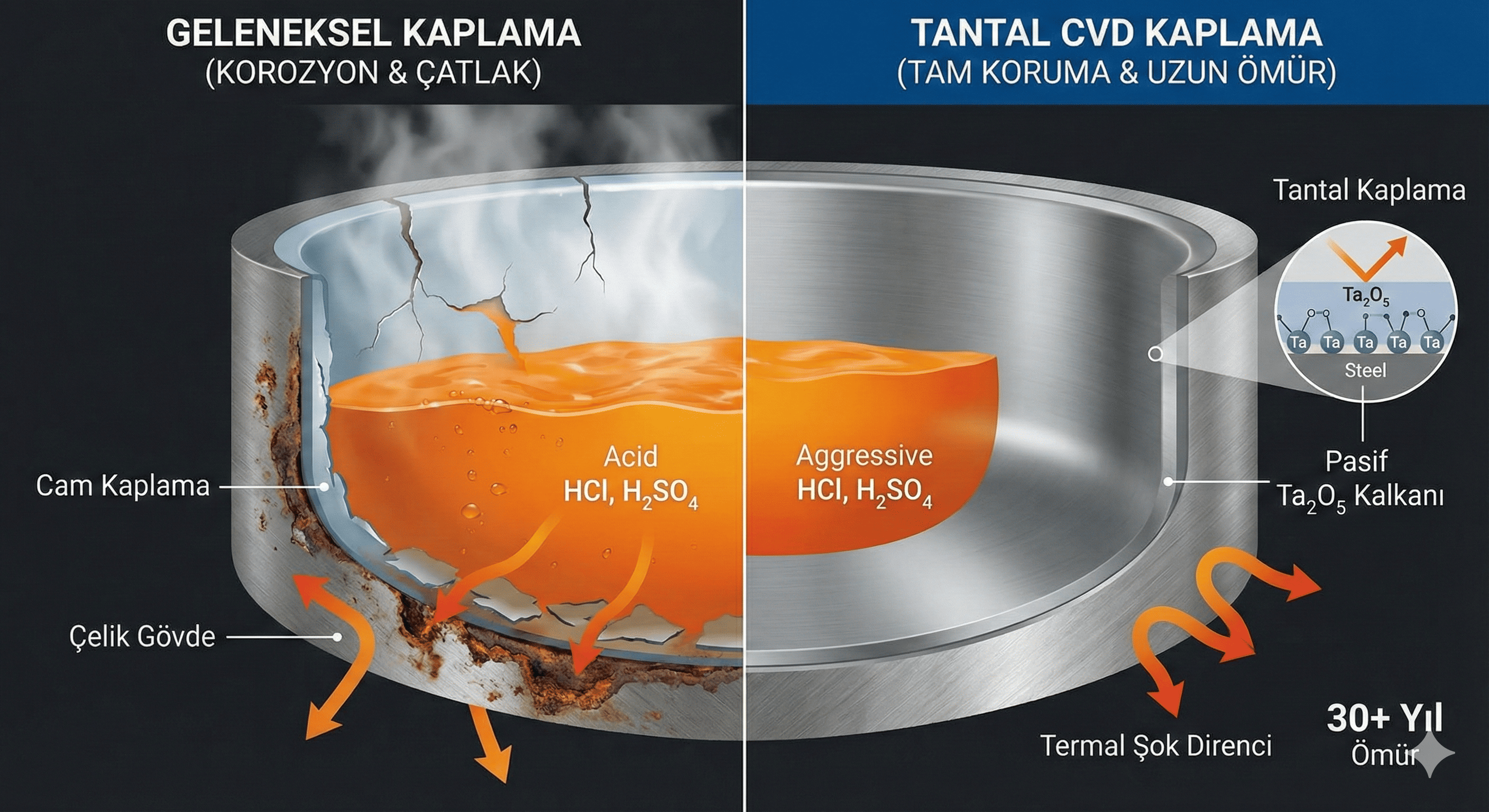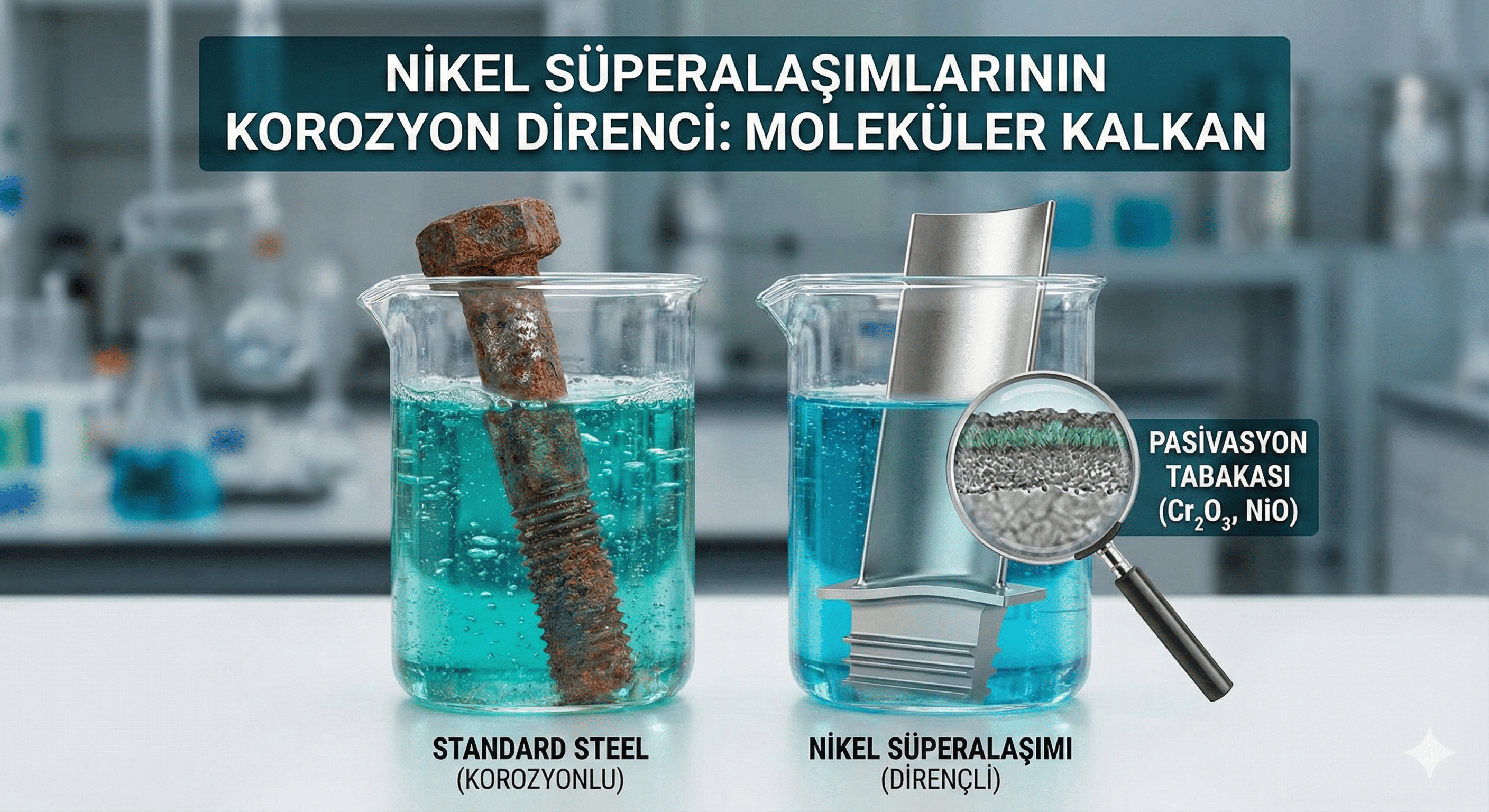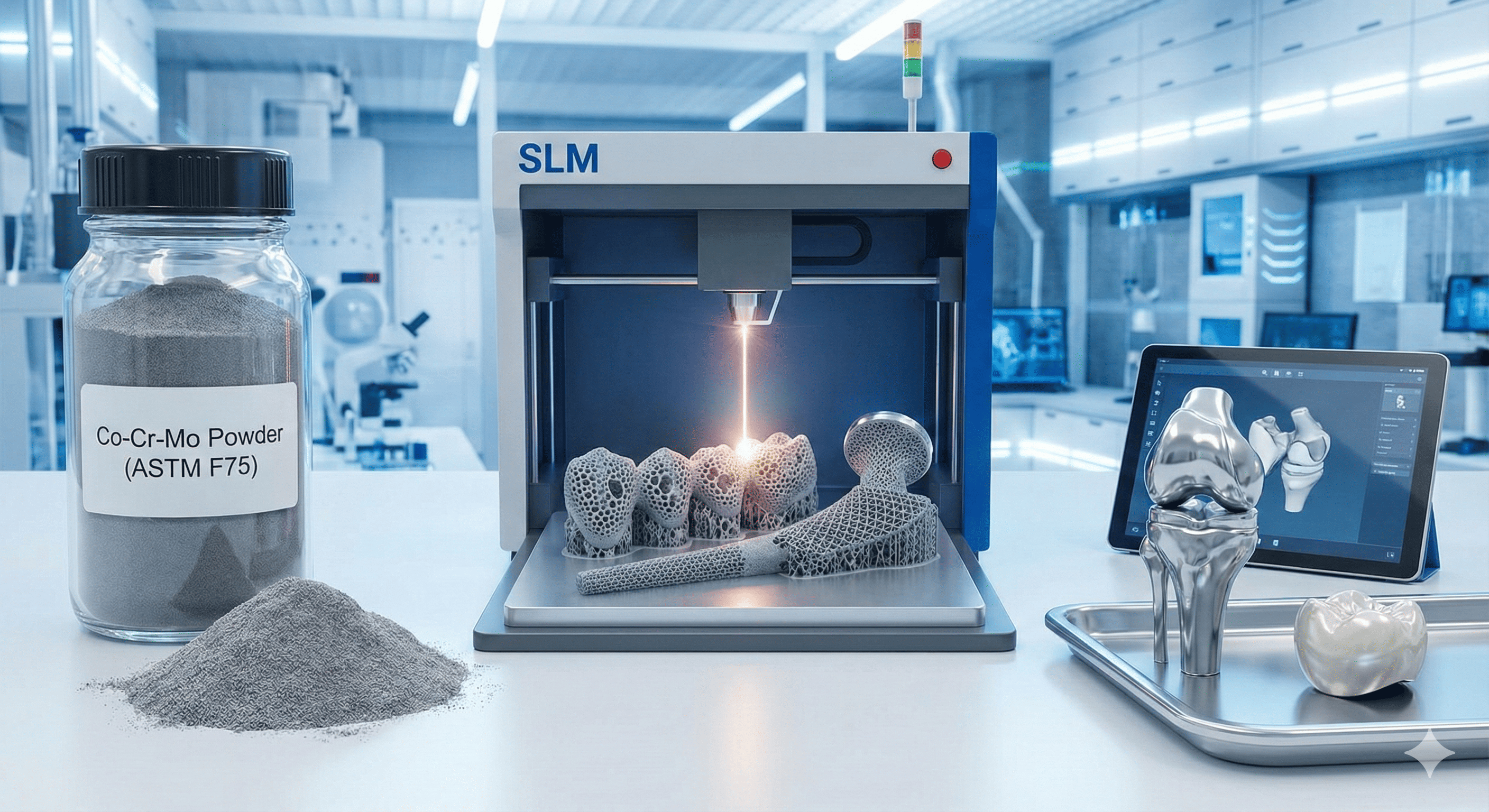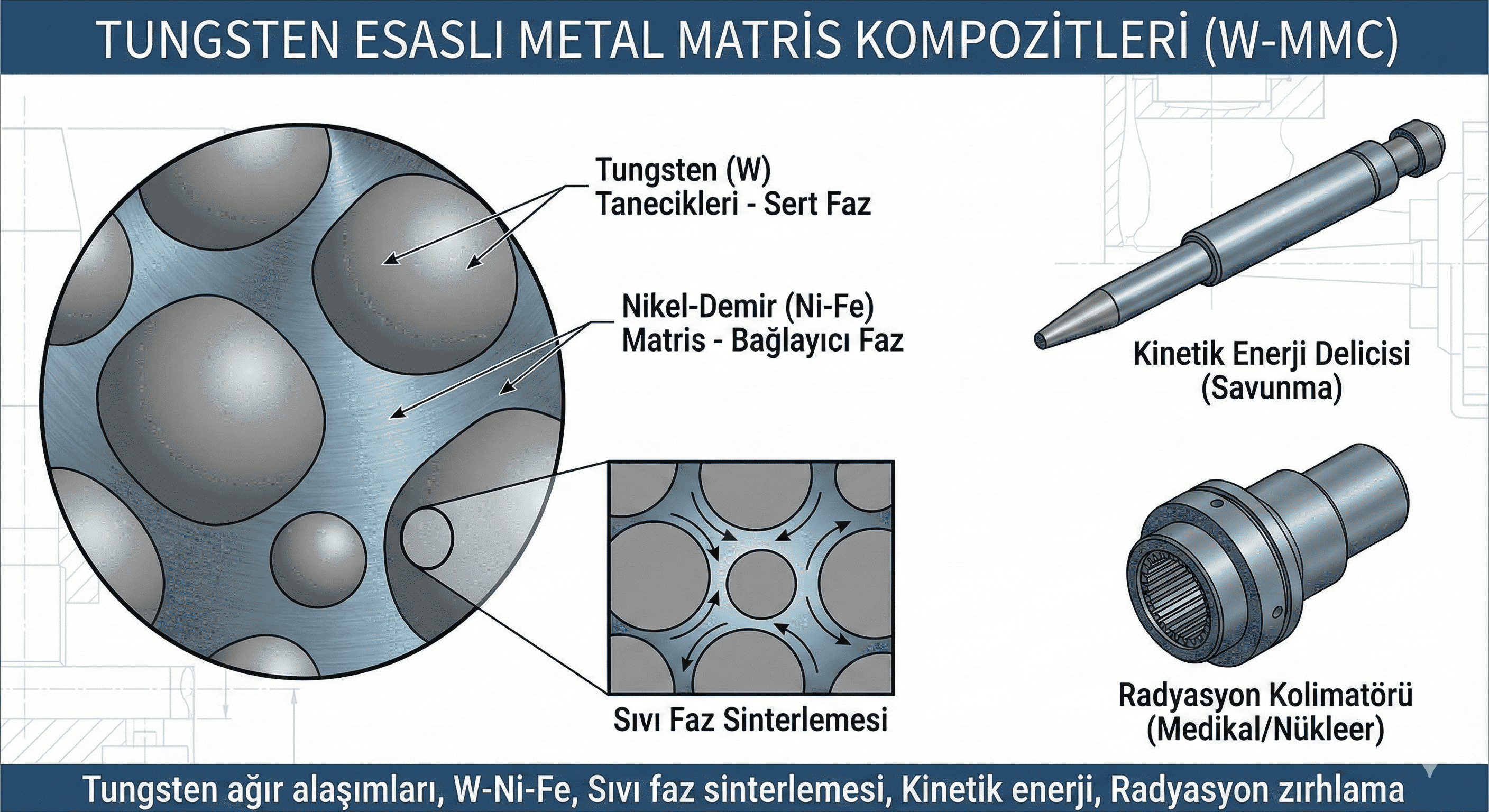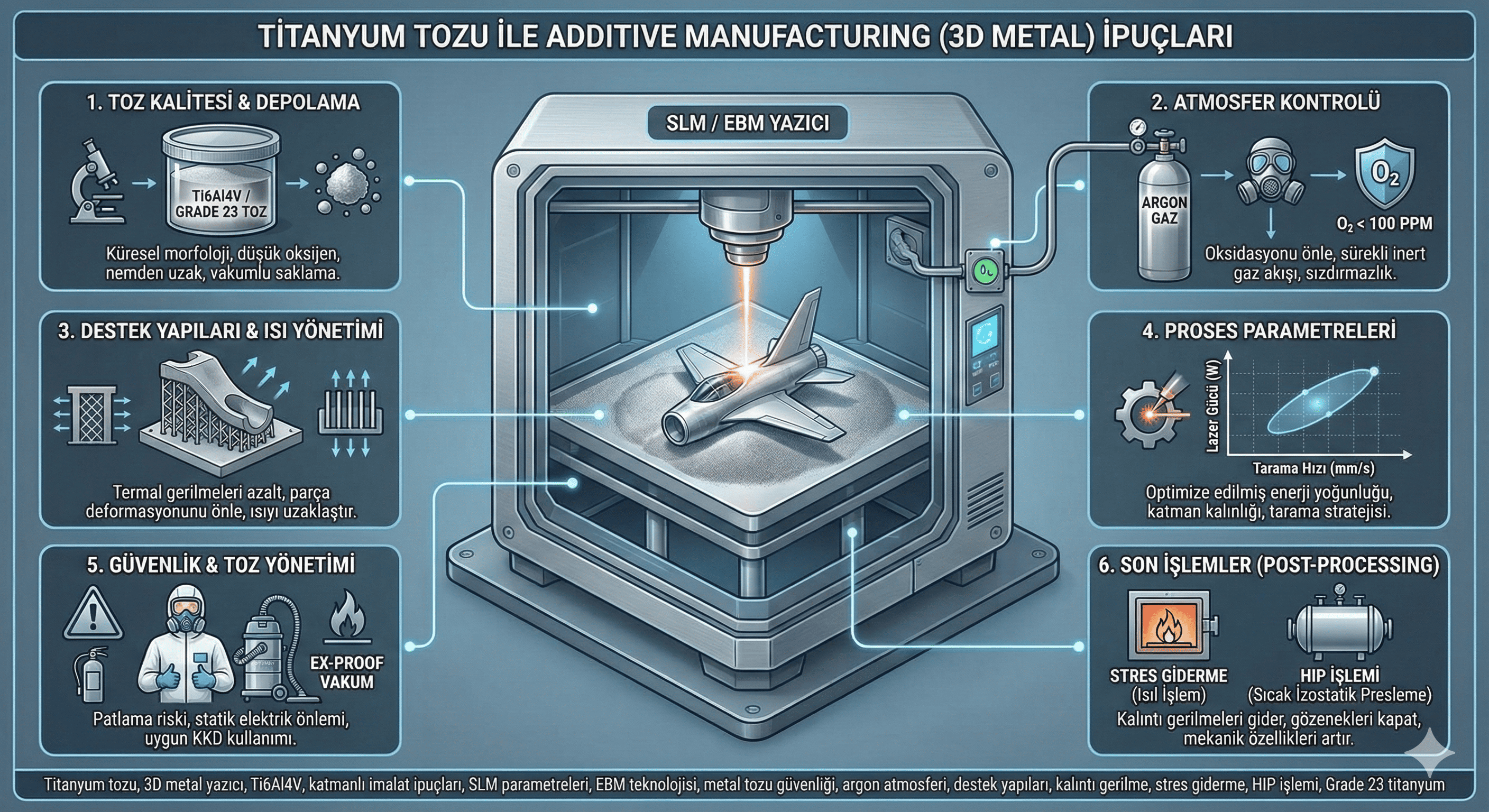Title: Super Activated Carbon Nanoparticles: Synthesis, Properties, and Applications
Abstract: Super activated carbon nanoparticles (SACNs) are an advanced form of carbon nanomaterials known for their exceptionally high surface area and enhanced adsorption capacities. This article explores the synthesis methods, unique properties, and diverse applications of SACNs, and discusses the challenges and future research directions in the field.
1. Introduction
Super activated carbon nanoparticles (SACNs) represent a highly specialized class of activated carbon materials with nanoparticle dimensions. Due to their significantly increased surface area and porous structure, SACNs exhibit remarkable adsorption capabilities, making them valuable in various applications including environmental remediation, energy storage, and catalysis. This article provides an in-depth look at the synthesis, properties, and applications of SACNs.
2. Structural and Physical Properties
2.1. Nanostructure
SACNs are characterized by their high surface area, typically ranging from 1000 to 3000 m²/g, which is significantly higher than that of conventional activated carbons. They consist of carbon atoms arranged in a network of nanoscale pores and sheets, giving them an extended surface area and a high degree of porosity.
2.2. Surface Area and Porosity
The surface area of SACNs is crucial for their performance in adsorption applications. The materials possess a high volume of micropores and mesopores, which contribute to their enhanced adsorption capacity. The specific surface area can be tailored through various activation processes.
2.3. Chemical and Mechanical Properties
SACNs have high chemical stability and resistance to harsh environmental conditions. They also exhibit mechanical strength suitable for use in demanding applications. Their surface chemistry can be modified through functionalization to enhance specific interactions with target molecules.
2.4. Optical Properties
While not a primary focus, SACNs can exhibit unique optical properties due to their nanoscale dimensions. These properties can be harnessed in optical sensing and imaging applications.
3. Synthesis Methods
3.1. Physical Activation
Physical activation involves the use of gases such as steam or carbon dioxide at high temperatures to create porous structures in carbon materials. This method allows for the development of high surface area and porous networks in SACNs.
3.2. Chemical Activation
Chemical activation uses activating agents such as phosphoric acid, potassium hydroxide, or zinc chloride to create a porous structure in carbon precursors. This method is effective for producing SACNs with specific surface areas and porosity levels.
3.3. Template-Based Methods
Template-based methods involve using sacrificial templates to create a nanoporous structure in carbon materials. Once the template is removed, a high surface area and well-defined porous structure are achieved.
3.4. Electrochemical Activation
Electrochemical activation involves using electrical currents to drive activation reactions in carbon materials. This method can produce SACNs with controlled porosity and surface properties.
3.5. Solvothermal Synthesis
Solvothermal synthesis uses high-temperature and high-pressure conditions in solvents to create SACNs with specific structural and surface characteristics. This method allows for precise control over the nanoparticle size and surface chemistry.
4. Applications
4.1. Environmental Remediation
SACNs are widely used for water and air purification due to their high adsorption capacity. They are effective in removing contaminants such as heavy metals, organic pollutants, and dyes from various environmental matrices.
4.2. Energy Storage
In energy storage applications, SACNs are used as electrode materials in supercapacitors and batteries. Their high surface area enhances charge storage and conductivity, leading to improved performance and energy density.
4.3. Catalysis
SACNs serve as catalyst supports or active catalysts in various chemical reactions. Their high surface area and functionalizable surface make them suitable for use in heterogeneous catalysis and environmental catalysis.
4.4. Drug Delivery
In biomedical applications, SACNs are explored for drug delivery and controlled release. Their high surface area allows for the loading of significant amounts of therapeutic agents, and their surface can be functionalized to target specific cells or tissues.
4.5. Sensors and Detection
SACNs are used in sensors and detection devices due to their large surface area and high sensitivity. They can be employed in electrochemical sensors, gas sensors, and biosensors for detecting various substances.
5. Challenges and Future Directions
5.1. Scalability and Cost
Scaling up the production of SACNs while maintaining high quality and minimizing costs remains a challenge. Research is focused on developing more efficient and cost-effective synthesis methods to make SACNs more commercially viable.
5.2. Functionalization
Functionalizing SACNs to enhance their performance in specific applications is an ongoing area of research. Advances in surface chemistry and functionalization techniques are needed to tailor SACNs for targeted applications.
5.3. Environmental and Health Impacts
Understanding the potential environmental and health impacts of SACNs is crucial as their applications expand. Research is needed to assess the risks associated with SACNs and develop guidelines for their safe handling and disposal.
6. Conclusion
Super activated carbon nanoparticles offer exceptional properties and a wide range of applications due to their high surface area, porosity, and functionalizability. Continued research is essential to address challenges related to their synthesis, functionalization, and environmental impact. With ongoing advancements, SACNs are poised to make significant contributions across various fields.

